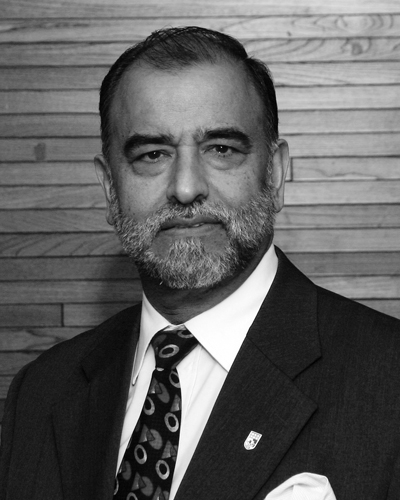Professor publishes strategies to reduce medical errors and improve patient safety
The health-care system is complex, so complex that it threatens the quality of care for patients. But in his new book, University of Saskatchewan professor Dr. Jay Kalra suggests there are concrete steps that can be taken to create a culture for patient safety not only in Saskatchewan but around the world.
By Mark Ferguson Improving the quality of patient care is a topic Kalra, a professor and researcher in the U of S College of Medicine's Department of Pathology, has been speaking and writing about for more than a decade, but with the publication of
Improving the quality of patient care is a topic Kalra, a professor and researcher in the U of S College of Medicine's Department of Pathology, has been speaking and writing about for more than a decade, but with the publication of Medical Errors and Patient Safety: Strategies to Reduce and Disclose Medical Errors and Improve Patient Safety in May, his research and his model for improvement are now widely available. As a health-care practitioner, Kalra advocates for a solution from within the profession: "If we don't do this, somebody will do it to us."
The first in a series dealing with patient safety by Berlin publisher De Gruyter, the book documents the scope of medical errors and adverse events, their causes, the various barriers to disclosure, and progress and initiatives already underway. While he does not ignore the fact heath care is a system run by people – "Nobody likes to say anyone is entitled to make a mistake, but we're human" – Kalra suggests taking a no-fault approach using a confidential and non-punitive action-oriented model for disclosing and addressing medical errors, and by addressing he means "change the system so it doesn't happen again. The majority of errors are preventable.
"The tradition has been to try to hide errors but the tradition has also been to blame individuals and this leads to ineffective solutions," said Kalra. "There is a need to examine and correct the latent systemic factors inherent in our increasingly complex health-care delivery system that play a role in adverse events and affect patient safety. As practitioners, this is our moral and ethical responsibility."

